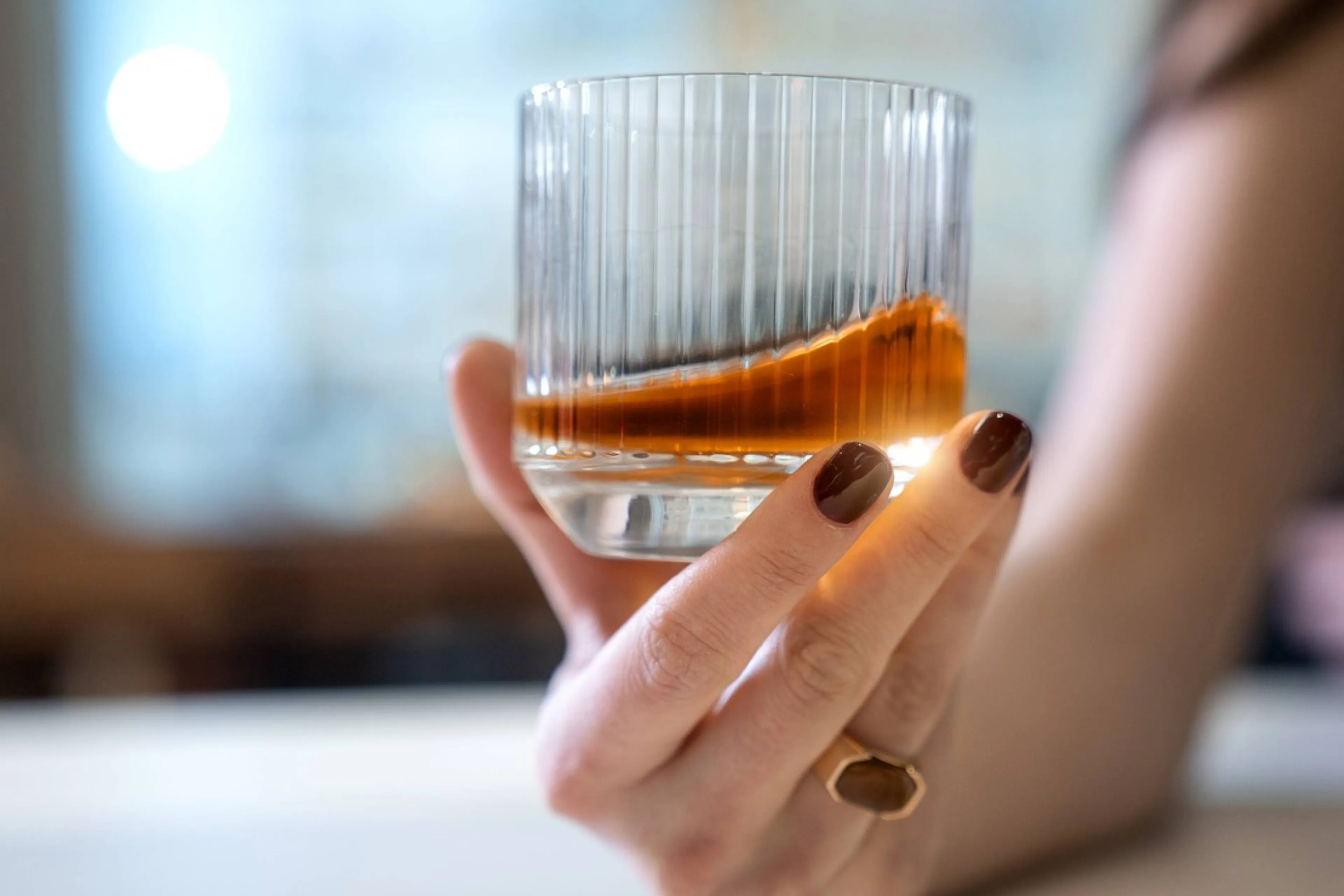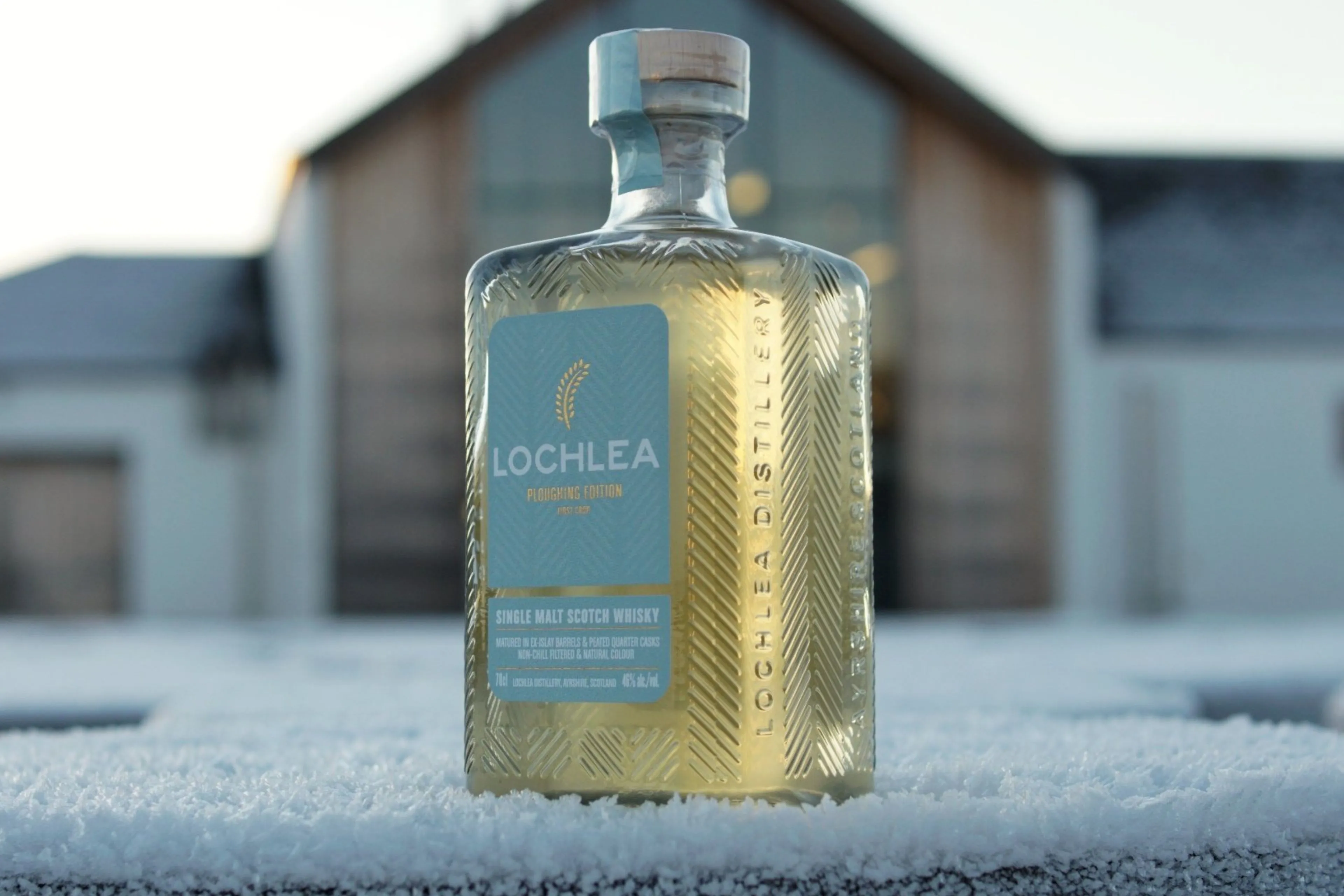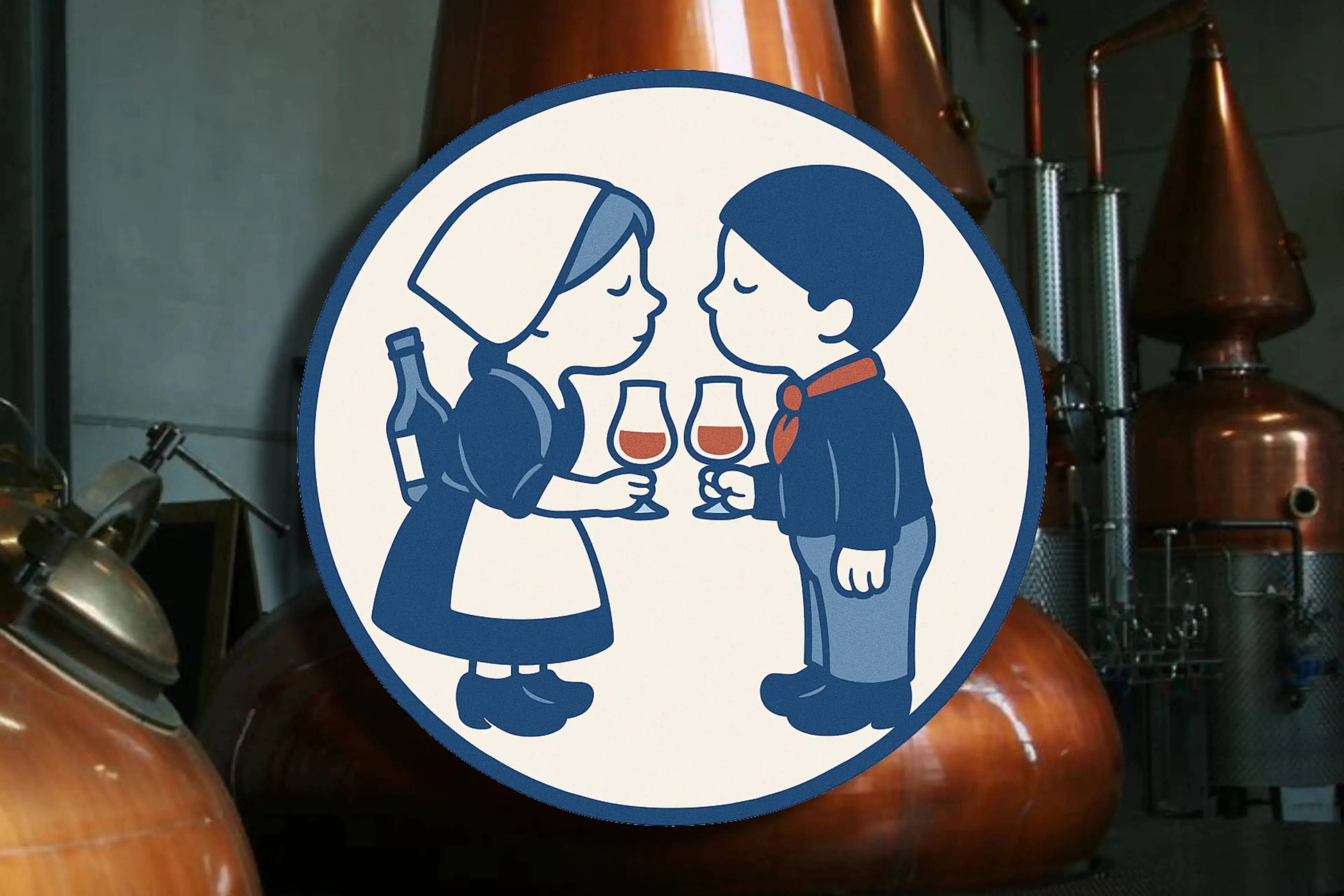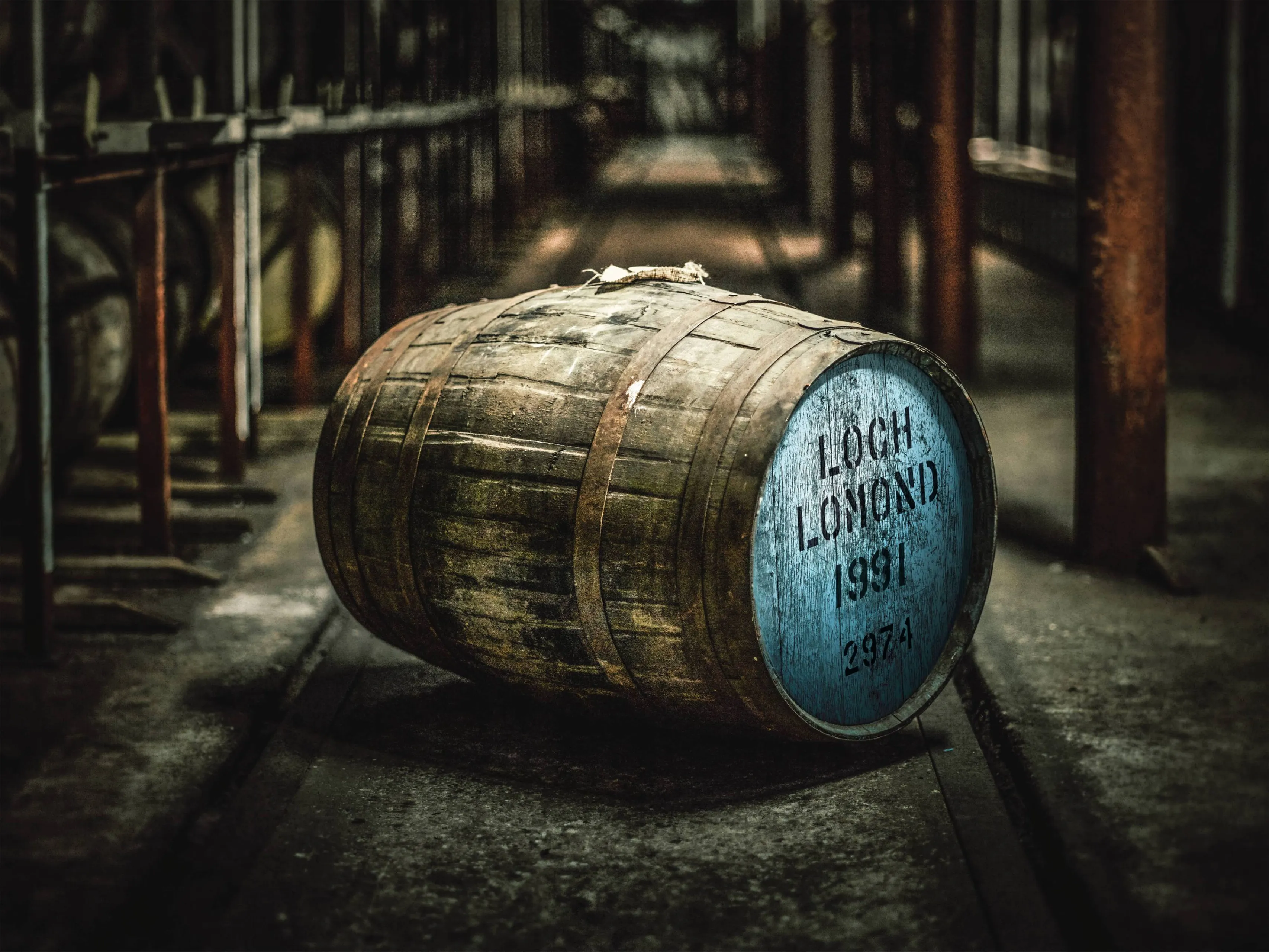
Whisky can mature in a wide range of casks, and each one leaves its own mark on the spirit that ultimately goes into the bottle. Size plays a big role here. This is how cask size influences whisky.
During maturation, a beautiful process unfolds inside the cask. The whisky soaks into the wood, triggering chemical reactions. Tannins, aromas, sugars, and vanillin are drawn from the cask.
These compounds give whiskies part of their color, aroma, and flavor. The longer a whisky matures, the more the cask shapes this nectar of the gods. That said, it depends on several factors, such as the temperature (and overall climate) where the whisky matures and the degree of charring of the casks.
Another key element at play is the size of the cask.
Read also
Small and quick or big and slow?
For the chemical magic to happen, the spirit needs contact with the wood. The rule of thumb: the more wood contact, the faster the process and the quicker the whisky matures.
Smaller casks offer proportionally more wood contact. The spirit picks up flavors from the wood more quickly and can develop an “aged” character in just a few years. A whisky from a Quarter Cask of around 50 liters, for example, will take on a darker color and a rich, vibrant flavor much faster than the same spirit in a hogshead or butt.
Larger casks, like classic sherry butts of around five hundred liters, slow the maturation down. The whisky gets more time to evolve. Oxidation proceeds more gently, wood influence develops with greater subtlety, and the result is often a softer, deeper complexity.
Read also
A good reason to go big
Faster maturation sounds ideal: you get flavor, color, and aroma in less time. But there’s a flip side. Intense wood contact can lead to an unbalanced whisky.
Think sharp edges: too much oak and tannin pushing the fruity notes into the background. On top of that, young whisky often shows prickly alcohol and peppery elements that make the whole less pleasant.
Read also
Balance is key
Casks are the brushes distilleries use to paint the masterpieces that end up on your shelf. The right combination of wood, charring, maturation, and time determines whether a whisky is in perfect balance.
To achieve that balance, distilleries often use a mix of casks. They might mature part of the whisky in smaller casks and then build depth by transferring it to larger casks.
While what happens inside a cask still feels almost magical, it gives distillers more control to guide the spirit in the desired direction. Only when the whisky is exactly as the master distiller intends does it go into the bottle.
Read also
loading
POPULAR NEWS
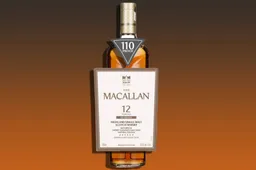
The Macallan Releases a Whisky Bottled at a Remarkably High ABV
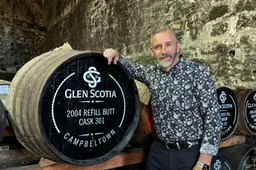
Update - Is Iain McAlister Leaving Glen Scotia This Month?
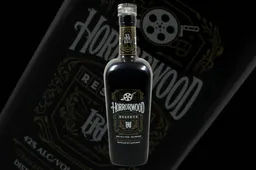
Time for Horror: This is Hiding Behind the Name Horrorwood Reserve Whiskey
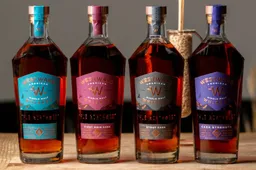
A Beloved Whiskey Brand Just Went Bankrupt, but the Doors Remain Open
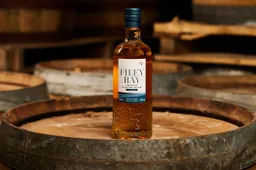
English Whisky is Almost Getting its Own Seal of Approval
Penderyn Celebrates a Decade of Creativity with Bad Wolf Whisky
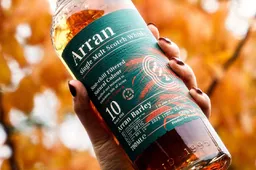
Arran Launches a New Whisky Series with an Exceptionally Fruity Single Malt
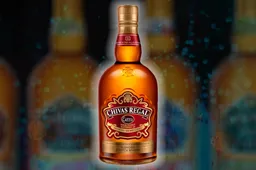
Chivas Regal Extra Review: 'Really Really Sweet'

Is Whisky Still a Smart Move in 2025? 5 Reasons It Still Makes Sense
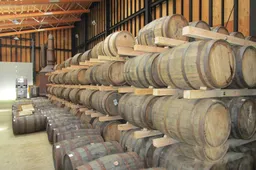
Update - Is This The Definitive End for Hooghoudt? Nearly 600 Barrels Head to Auction
LATEST COMMENTS
- You are absolutely right. Luckily that doesn't matter for the taste of the whisky. Have you tried it yet?M0nkey05-11-2025
- Guess what? Finland is not part of Scandinavia.Gray105-11-2025
- Throw in the towel? You mean restructure to compete and win in a challenging industry environment.WestwardFounder21-10-2025
- There is nothing legally to prevent the English whisky GI from coming into force, it complies with all the relevant laws and the single malt definition follows the precedent of Welsh whisky and US whiskyChefBear15-10-2025
- Three emails sent (two with videos, linked to a Google Drive Share). 1. The original video. 2. The video with subtitles as it was shared on YouTube 3. Screen grab of the YouTube channel where the video was blocked due to Pernod Ricard lobbying. The story was covered on Drinks Intel at the time - link here - https://drinks-intel.com/subscriber-news/pernod-ricards-the-chuan-pure-malt-whisky-not-sourced-solely-from-china-global-drinks-intel-exclusive/Yvonne10-10-2025
- Hi Yvonne, Thank you for your interesting comment. Could you share your copy with us, so we can adjust our item accordingly? Mail us at [email protected]. Thank you in advance.M0nkey09-10-2025
- Let's keep this factually correct. Pernod Ricard DID NOT release a Chinese whisky. Their first output from The Chuan (the name of the distillery in Sichuan, China) wasn't fit for bottling. What they actually bottled was imported Scotch whisky. This is why the product is called "PURE MALT" and not "Chinese Whisky" - because Pure Malt is not a regulated term - this is not a secret. This was exposed about a week after they released it. There were even videos about their own staff on site admitting it was made from imported whisky - which Pernod Ricard got the lawyers onto to get the video pulled. I've got a copy if you want it.Yvonne09-10-2025
Loading
